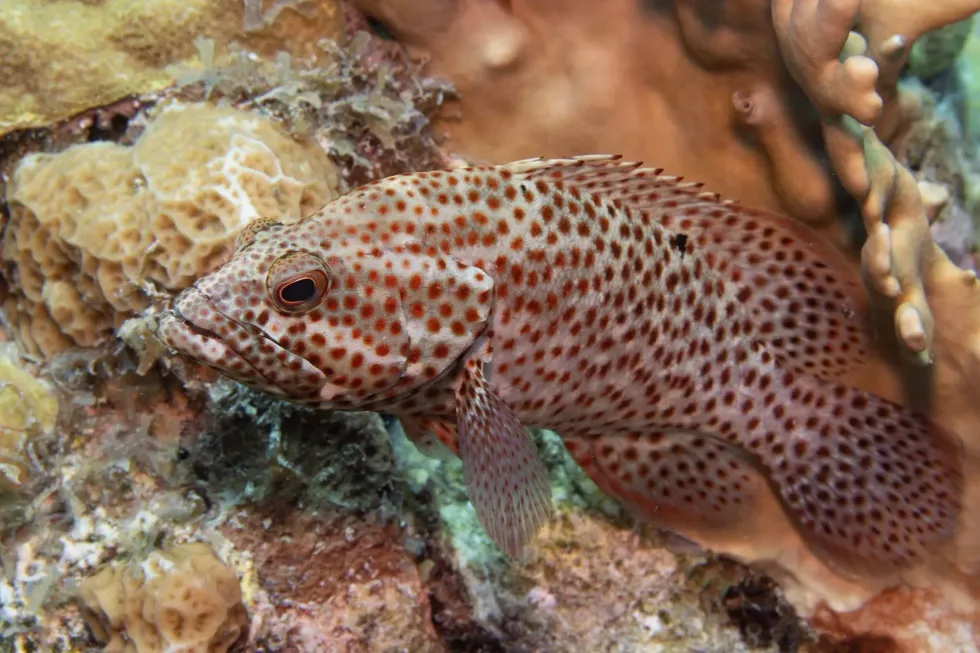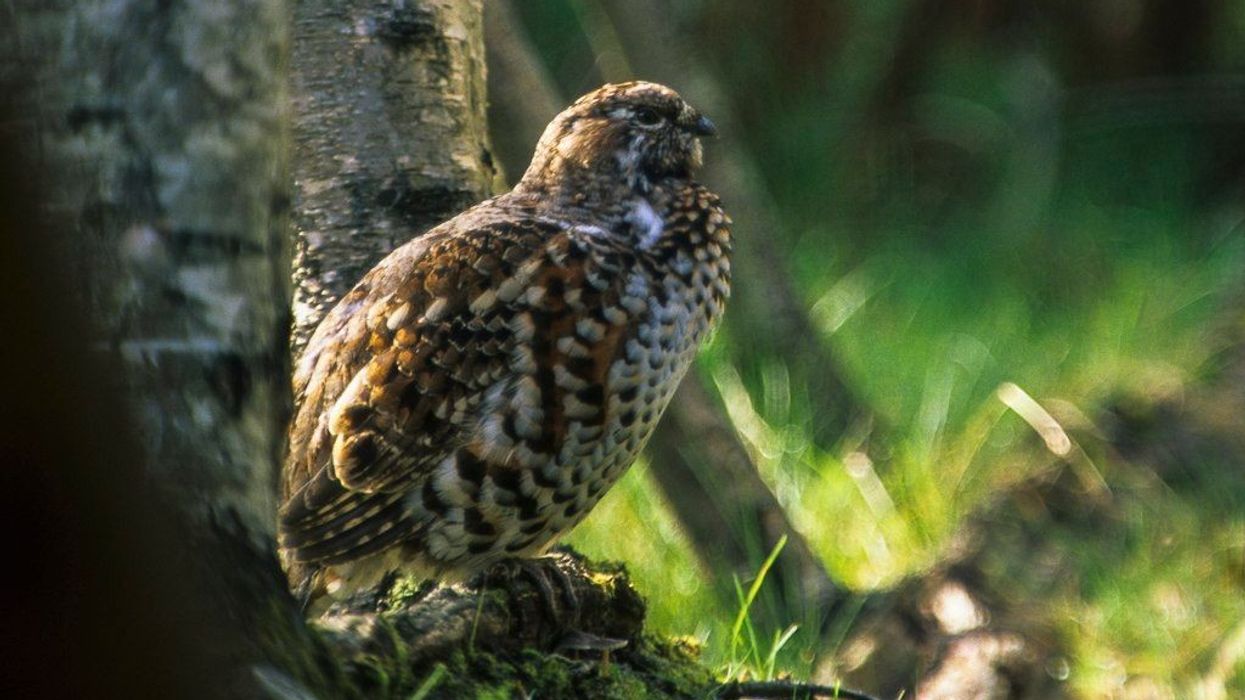The graysby (Cephalopholis cruentata) is a species of fish found in the western Atlantic. It belongs to the family of groupers and sea basses. The distribution of this fish includes the Caribbean, Gulf of Mexico, and several other places.
Graysby fishes have an oblong body, which is reddish-brown to gray in color and has brown spots all over. These fishes have distinct lips which form a prominent part of their face.
Their diet includes a variety of other fishes, along with shrimps and crabs. The juvenile graysby fishes mostly rely on shrimps as part of their diet.
These fishes are secretive in nature and prefer hiding in coral reefs and among seagrasses during the daytime. They are nocturnal and solitary and are assumed to be slow-swimmers, like other groupers.
According to the International Union For Conservation Of Nature or IUCN, the graysby has a stable population and is quite widespread and common. Fortunately, this fish species is not negatively affected by fishing industries.
To learn more about graysby, keep reading! You can also check out the links of giant oarfish and tilefish.
Graysby Fun Facts
What does a graysby look like?
The graysby (Cephalopholis cruentata) fish has a distinct appearance, which leads to its uniqueness. It is small in size and has an oblong-shaped body, with a long snout, protruding upper jaw, and flat or slightly convex head.
Its lips appear quite large and form a prominent feature of its face. The body of a graysby is reddish-brown to gray in color and covered with orange-brown spots.
Usually, four such spots are observed on its upper-back region, which can change from black to white and vice versa.
Additionally, it has much darker spots right at the base of its dorsal fin. Other identifying features of a graysby are, presence of three anal spines with eight rays, nine dorsal spines with 13-15 rays, rounded caudal fin, and pectoral fins, which appear longer than the pelvic fins.
How cute are they?
This fish species might not appear cute to everyone. However, they surely form a wonderful addition in their natural range in the western Atlantic region.
How do they communicate?
The exact methods of communication in the graysby fishes are not known. In general, fishes communicate by visual and chemical means. The same pattern of communication can be expected in a graysby.
How big is a graysby?
The length of a graysby is usually between 5.9-9.8 in (15-24.8 cm). However, the maximum recorded length to date has been 16.7 in (42.4 cm). In comparison to the red grouper, which measures between 20-50 in (50.8-127 cm) and belongs to the same family as the graysby, it is quite clear that the graysby is significantly smaller in length.
How fast can a graysby swim?
Though the exact speed of the graysby fish is not known, groupers, in general, have been observed to be slow-swimmers. Hence, since the graysby is a grouper as well, the same can be inferred about it.
How much does a graysby weigh?
The maximum recorded weight of a graysby has been 2.4 lb (1 kg). However, a graysby is nowhere near a giant grouper that weighs around 800 lb (362.8 kg).
What are the male and female names of the species?
The male and female fishes of this species are known as male graysby and female graysby, respectively.
What would you call a baby graysby?
A baby graysby is known as a larva.
What do they eat?
Graysby fishes are carnivorous in nature. So, their diet includes other smaller fishes, crabs, and shrimp. Even though they are nocturnal in nature, their peak feeding occurs at sunrise.
These fishes feed two to four times a week. Brown chromis fish forms a significant portion of the diet of the graysby fishes. Other fishes which are also preyed upon are the blue chromis, yellow goatfish, smaller grouper fishes, and so on.
Are they dangerous?
There are no instances that can suggest that a graysby fish is dangerous to humans.
Would they make a good pet?
Graysby fishes are not very commonly seen as pets. Given their carnivorous nature, it might be difficult to keep them in an aquarium with other fishes.
Did you know...
The graysby fish species is a hermaphrodite. This is because it changes its sex as a part of its life cycle. This change in sex usually takes place when the fish is four to five years old and has a length between 7.8-9 in (19.8-22.8 cm). This transformation occurs right after spawning has taken place.
Do graysby have teeth?
A graysby fish has prominent lips and a long snout. When its mouth is closed, its upper jaw seems to protrude. There is also a bony protuberance, which seems to be located on its maxilla, or upper jaw bone. Within this mouth and jaw, this fish has depressible or hinged teeth. Interestingly, the majority of its teeth are movable.
Is graysby a grouper?
The graysby fish is a species of grouper, as it belongs to the family of Serranidae and the subfamily known as Epinephelinae, which consists of other grouper species of fishes. Hence, the graysby is closely related to grouper fishes like the Nassau grouper and strawberry grouper.
Here at Kidadl, we have carefully created lots of interesting family-friendly animal facts for everyone to discover! For more relatable content, check out these milkfish facts and fluke fish facts for kids pages.
You can even occupy yourself at home by coloring in one of our free printable Malabar grouper coloring pages.
Second image by LASZLO ILYES from Cleveland, Ohio, USA.










